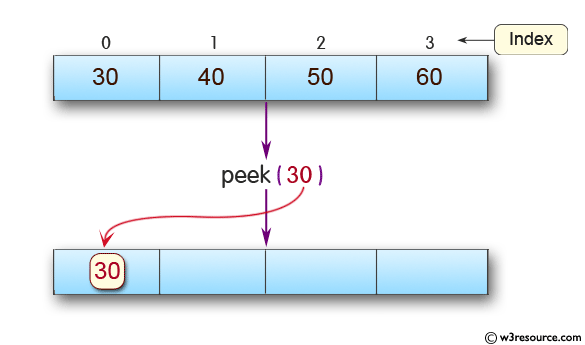


offer(): Adds an element to the end of the queue.Here are some common methods of the Queue interface: The Queue interface extends the Collection interface and provides a number of additional methods for working with queues. In Java, the interface and the class provide implementations of a queue data structure. Queues are often used to store data that needs to be processed in a specific order, or to store data that will be used by multiple consumers. This means that elements are added to the end of the queue and removed from the front of the queue. (stack) // Ī queue is a data structure that operates on a first-in, first-out (FIFO) basis. Here is an example of how you might use the Stack class: import search(): Returns the position of an element in the stack, where the top of the stack is considered position 1.isEmpty(): Returns true if the stack is empty.peek(): Returns the element at the top of the stack without removing it.pop(): Removes and returns the element at the top of the stack.push(): Pushes an element onto the top of the stack.Here are some common methods of the Stack class: The Stack class extends the Vector class and provides a number of additional methods for working with stacks. In Java, the class provides a implementation of a stack data structure. Stacks are often used to store data temporarily during the execution of a program, or to reverse the order of items. This means that elements are added to and removed from the top of the stack. if(stack.A stack is a data structure that operates on a last-in, first-out (LIFO) basis. Otherwise, you get a generic Java object, which isn’t very useful in most cases. Once you need to retrieve objects, you need to peek at the first element, check the type, retrieve, and subsequently cast it at runtime. Creating a stack without type constraints is a practice I wouldn’t recommend. Since the stack accepts any type of object, we don’t know what object we get when we pop them off the stack. Object element = stack.peek() Specifying Generic Types for the StackĪs you may have noticed, we are retrieving generic Java objects from the stack. If you just want to retrieve the first element without removing it, you can use the peek method. If the stack contains objects, you can retrieve and remove them using the pop method. At runtime, you can push any type of object you like onto the stack. The stack we’ve created doesn’t specify a type. Now that the stack has been created, you can push objects on top of it using the push method. Using the Java collections module you can create a stack using the dedicated stack class.
DEQUE STACK JAVA HOW TO
How to Create a Stack in Java Create a Java Stack using the Collections Module Retrieve the current size or height of the stack.There is also a dedicated stack class in the Java collections module.Ī stack is generally expected to support the following operations: A stack can be implemented using a variety of data structures in Java. You push elements on top of the stack and pop them off the stack. How to implement a Java stack from scratchĪ stack is a data structure where data is added and removed according to the last-in, first-out principle.How to implement a Stack using collections and deque.We discuss (clicking the link will take you to the section): In this post we look at the stack in Java, a data structure that operates on the LIFO principle.


 0 kommentar(er)
0 kommentar(er)
